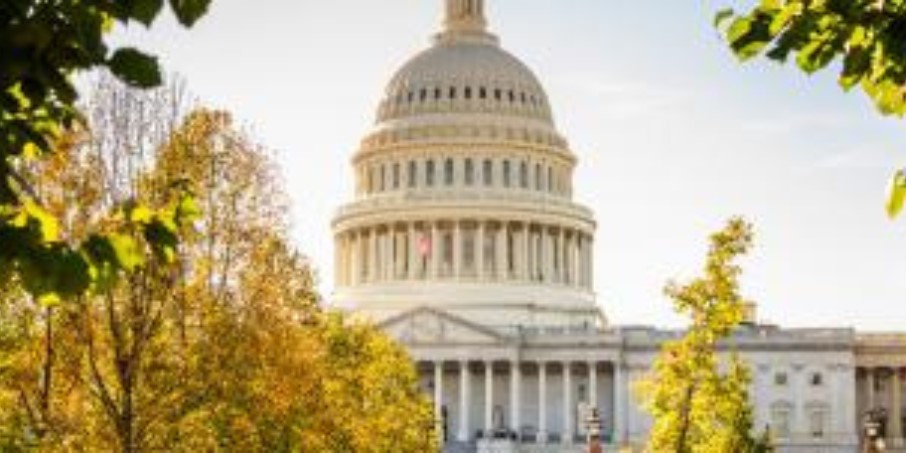
Congress Needs to Hear from You!
In conjunction with NBDF and other national partners, GLHF encourages you to take action now.
Right now, US Senators are debating a bill that would make deep cuts and harmful policy changes to Medicaid and to Marketplace insurance. This legislation (the so-called “One Big Beautiful Bill”) has already passed the House, but it can’t become law without Senate approval. We need to raise our voices to stop the bill in the Senate. Visit our Action Alert Center to get involved.